Have you ever considered slathering snail slime on your face?
And nope, we’re not talking your garden-variety snail slime, we’re talking expertly harvested snail secretion, or the more palatable mucin, which boasts countless benefits for the skin.
Sure, many will find it a ‘gross’ but using snails in skin care is actually an ancient concept that the journal JAMA Dermatology notes was common in ancient Greece. More recently, Chilean skin care brand, Elicina, has been touting the benefits of snail secretions since the '80s and, in even more recent times, Korea jumped on the bandwagon, turning snail slime into the bonafide beauty ingredient it is today.
First, it’s important to start with the snails because we know what you’re thinking: how do they get these molluscs to produce enough mucin to service all the demanding faces?
“No harm to the Snails!” Korean skin care brand CosRX (ex)claim on their website before explaining that the snails “are placed over a mesh in a dark and quiet room, where they are left alone to freely roam the net and leave mucin in their trails.” The brand reiterates that “there is no external process applied” or “force” used in the mucin production. However, it’s worth noting that many companies keep the mechanics of mucin extraction secret, so as to avoid copycats. But many resources and brands also reiterate that harming or killing the snails results in lower quality mucin and dead snails are certainly no help to anyone.
What Is Snail Mucin?
Put simply, snail mucin, or snail secretion filtrate is a humectant and the slime that snails secrete. Snail goop has shown to boost collagen production, have antioxidants properties, heal skin and consist of antimicrobial peptides, allantoin as well as hyaluronic and glycolic acid.
What Are The Benefits Of Snail Mucin For The Skin?
Where to start? While experts and doctors remain divided on the precise results and effectiveness of this product (studies are thing on the ground), the multitasker that is snail mucin is reported to:
Hydrates skin:
Touted as an effective hydrator, snail mucin is a humectant that helps support skin barrier function and moisturise, keeping the good stuff locked in and the bad stuff out.
Tops Up Skin With Very Important Stuff:
As mentioned, snail mucin is reported to contain all sorts of skin-loving ingredients common to skin care. Antimicrobial properties, antioxidant benefits and light exfoliation (ideal for uneven skin tone) are just the tip of the iceberg.
Soothes And Heals Skin:
Snail mucin has is effective for soothing and calming irritated skin and a small study published in the Journal of Dermatological Treatment showed burn patients showing positive results regarding healing time when using the ingredient.
What Skin Types Should Use Snail Mucin?
Unless you’re allergic, snail mucin is suitable for all most skin types, especially dry, dehydrated and ageing skin. Oily, combination and acne-prone skin haverers can benefit too, as snail mucin won’t clog pores and has antimicrobial properties.
How Do I Incorporate Snail Mucin Into My Skin Care Routine?
Snail mucin can be found in all sorts of formulas (creams, essences, eye patches, serums, and masks), so it can slip into every part of your routine should you be so inclined. Essences are a great place to start though, as they can act as a boost of hydration and help prep skin for serums and oils.
It also works well with other common skin care ingredients such as Vitamin C, niacinamide, squalene, glycerin and glycolic acid. Though, keep in mind, research is still very limited when it comes to snail mucin, so it’s still not known how it interacts with all products, poorly or not.
What Are The Alternatives To Snail Mucin?
As snail mucin acts as a humectant, you can easily opt for other well-known ingredients with the same properties; hyaluronic acid, glycerin, panthenol, propolis and wild yam extract (Phyto Mucin) are all recommended alternatives to snail mucin.

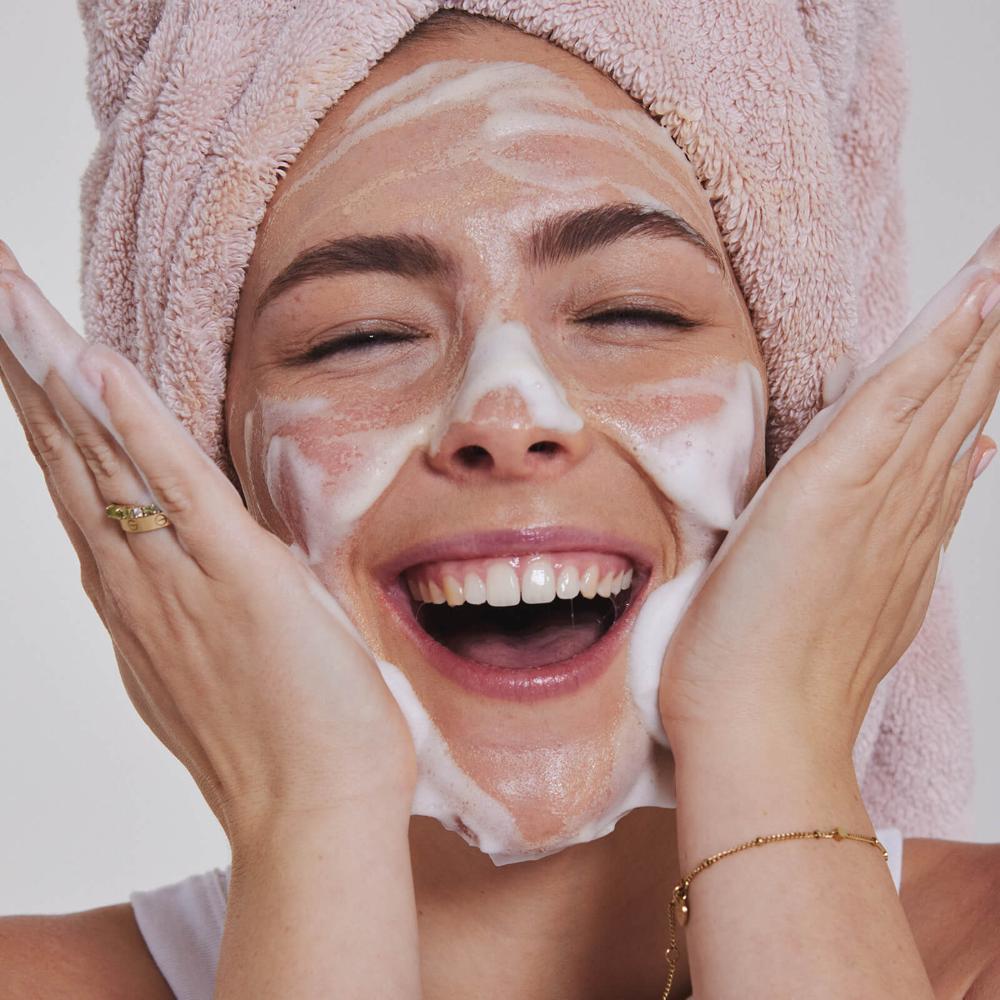
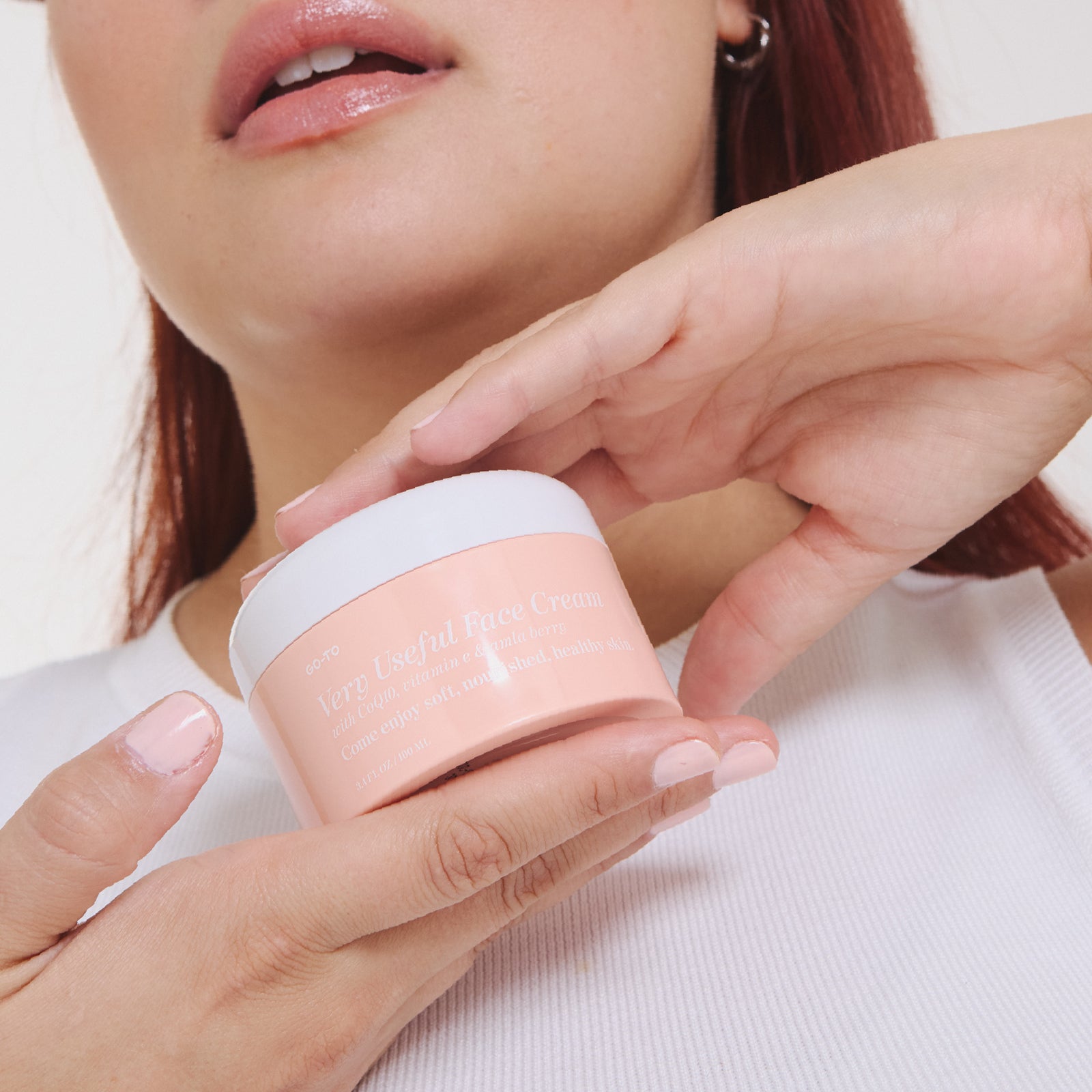

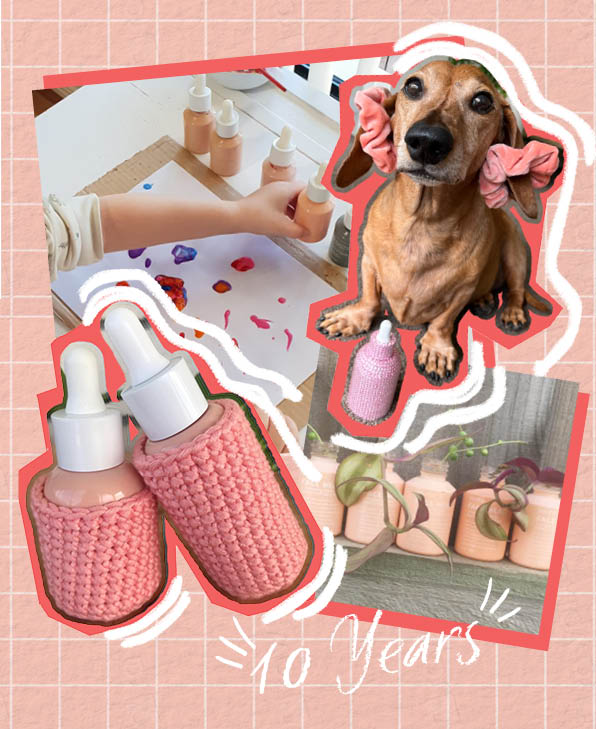

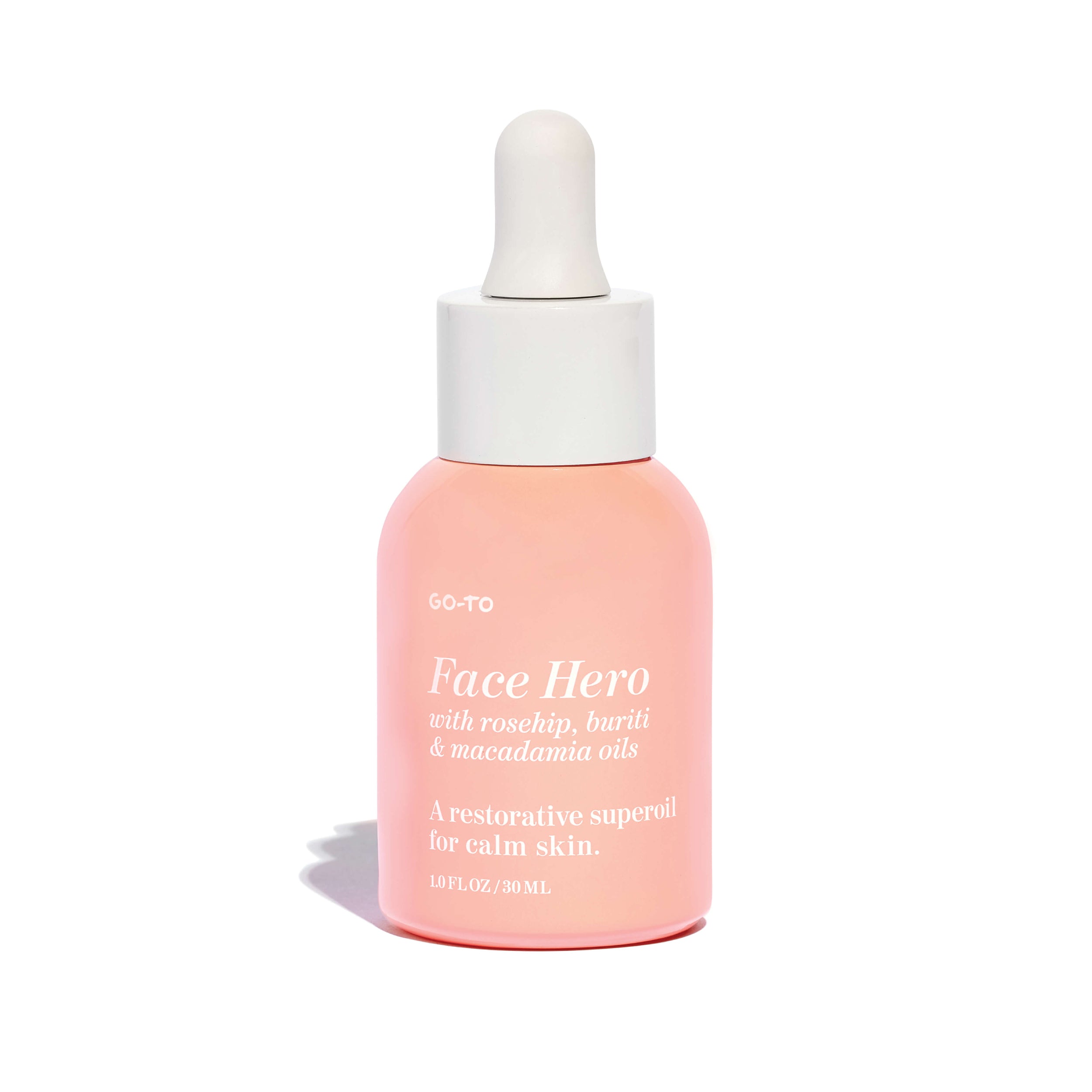
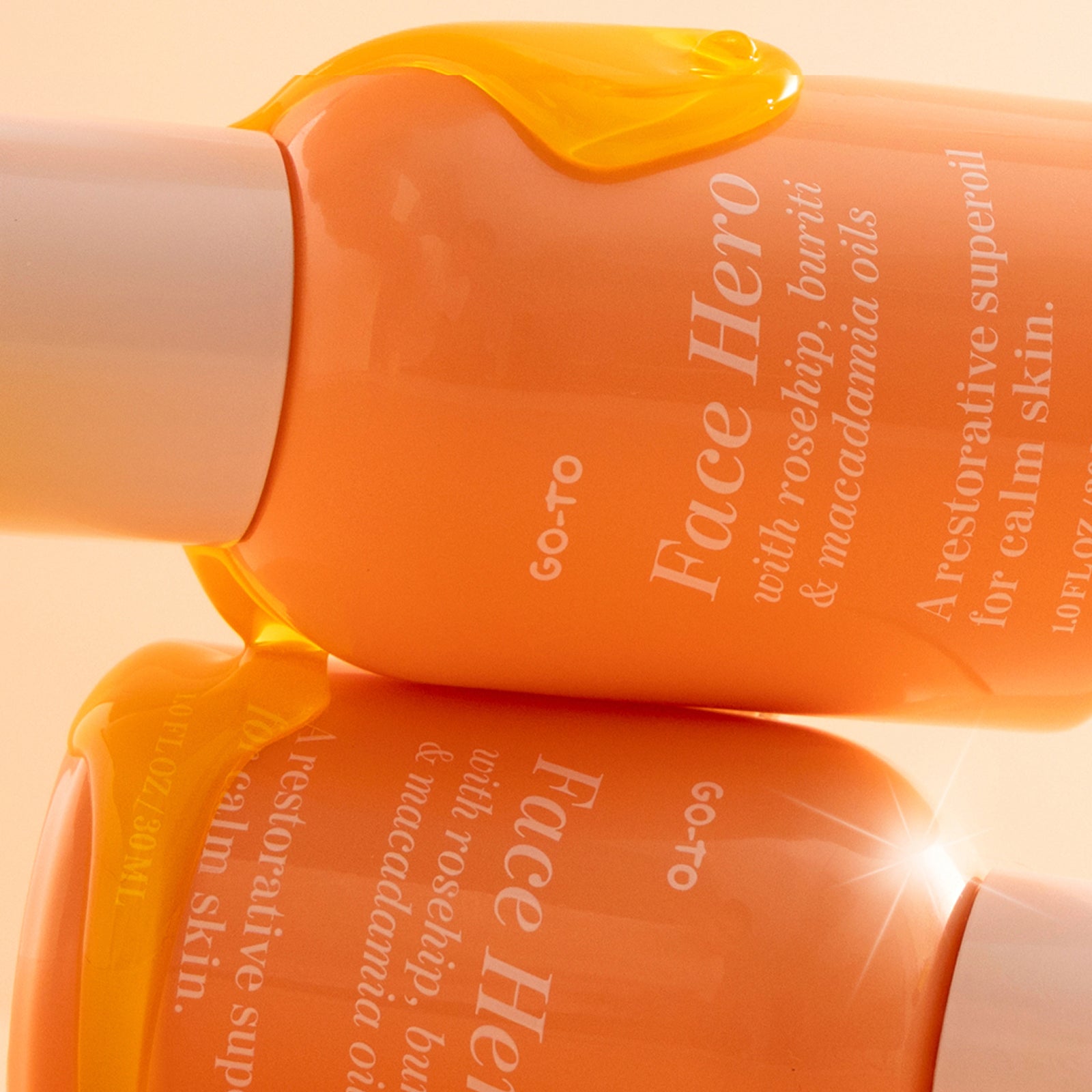
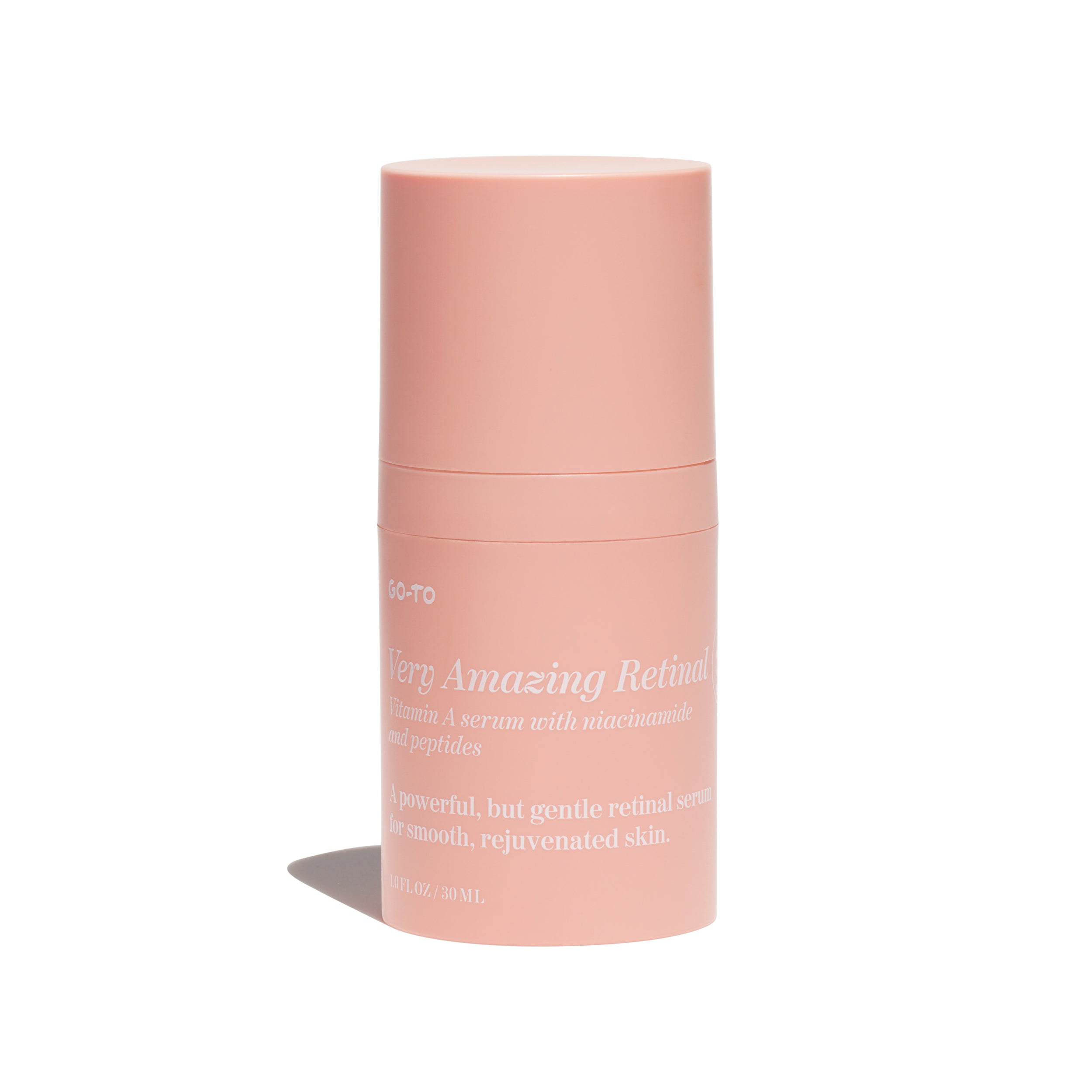


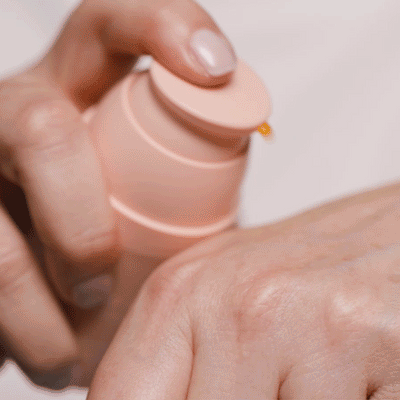


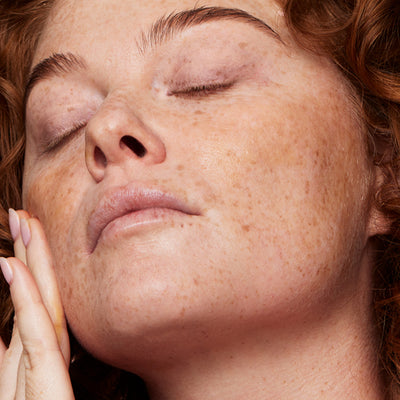

Comments